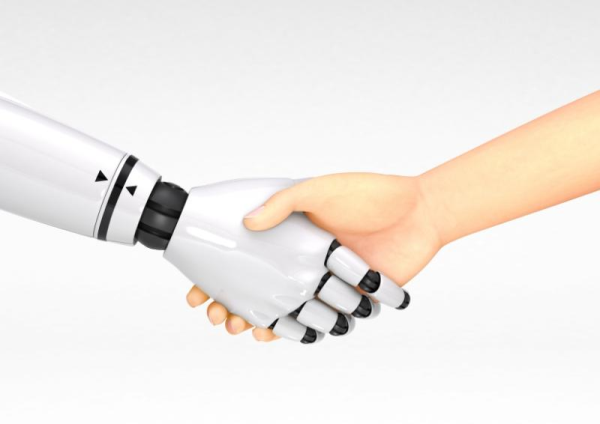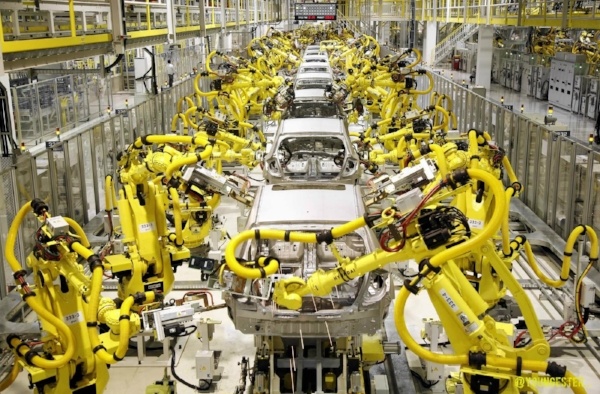We'll See 1.4 Million New Robots By 2019

Posted on May 10, 2017 7:00 AM. 3 min read time
According to a report by the IFR, the International Federation of Robots, the world will see a dramatic increase in the population of robots by 1.4 million by 2019. Self-driving cars, automated assembly lines and unmanned aerial vehicles are the most popular new robots of our time. While still new and exciting, these technologies have a long way to go before they become the industrial norm.
The only thing keeping the dream of the robotic age from becoming real has been the long jump from specificity to adaptability. However, continual improvements in how we understand motion systems, robotic accuracy and machine learning are getting us closer than ever before.

From Man to Machine
The most common fear of robotic automation is that it will eventually overtake human work in a world where joblessness is still a problem. While this fear fuels a dystopic view of the future, it also fuels a progressive view as well.
Many roboticists do see robots taking the work of the factory worker, however, it’s not the essential everyday work but the tedious repetitive work that’s difficult for humans. And, as this work might seem essential to the everyday worker, it doesn’t mean that labor will be lost for them. It might mean the opposite.
With new adaptive technologies, robots will be expected to learn new tasks and then execute them. Instead of hiring people to work on a hum-drum task, employers will instead hire workers to teach these tasks to robots so humans can focus on more creative problems.
This benefit will allow workers to work side by side with robots as opposed to being replaced by them. Work like this has already been seen as a positive for both workers and consumers. In Germany’s automotive market, the link between a rise in automation and a rise in employment has been established. This automation has also helped reduce production cost.
Human Adaptability in Technology
A necessary step in increasing the power of robots is giving them the ability to learn and perceive things holistically.
Traditionally, automated robots used in the workforce knew a few tasks and saw very little beyond their intent. For example, a robot responsible for working moving supplies would only be programmed to recognize what the specific supplies look like along with a very limited number of places to put them.
This makes robots more convenient than useful since more cost cutting measures require for small scale specificity in the workforce. To change this, engineers and scientists are focusing on creating software that allows for greater perception and communication from robots.
If robots can see more and communicate with both humans and other robots, more cost-effective work can be done — work that can lead to a lot more money saved for consumers and retailers all over the world.
Dexterity and Human Motions
As compelling and interesting as automated robots are, one noticeable problem remains: dexterous tasks.
Robots can do a lot of big jobs, but what they fail at accomplishing are smaller sized tasks. Automation still hasn’t found a solution in replicating human precision.
Moving a box or lifting a ton of metal is a simple task for a robot, but opening said box or correctly sorting a ton of metal is still difficult. However, as more and more operations, tasks and problems are becoming solved by robots, a world with 1.4 million robots is seeming more likely.
Robotic assistance will be seen in industries all across the globe, creating solutions to problems everywhere.








Leave a comment